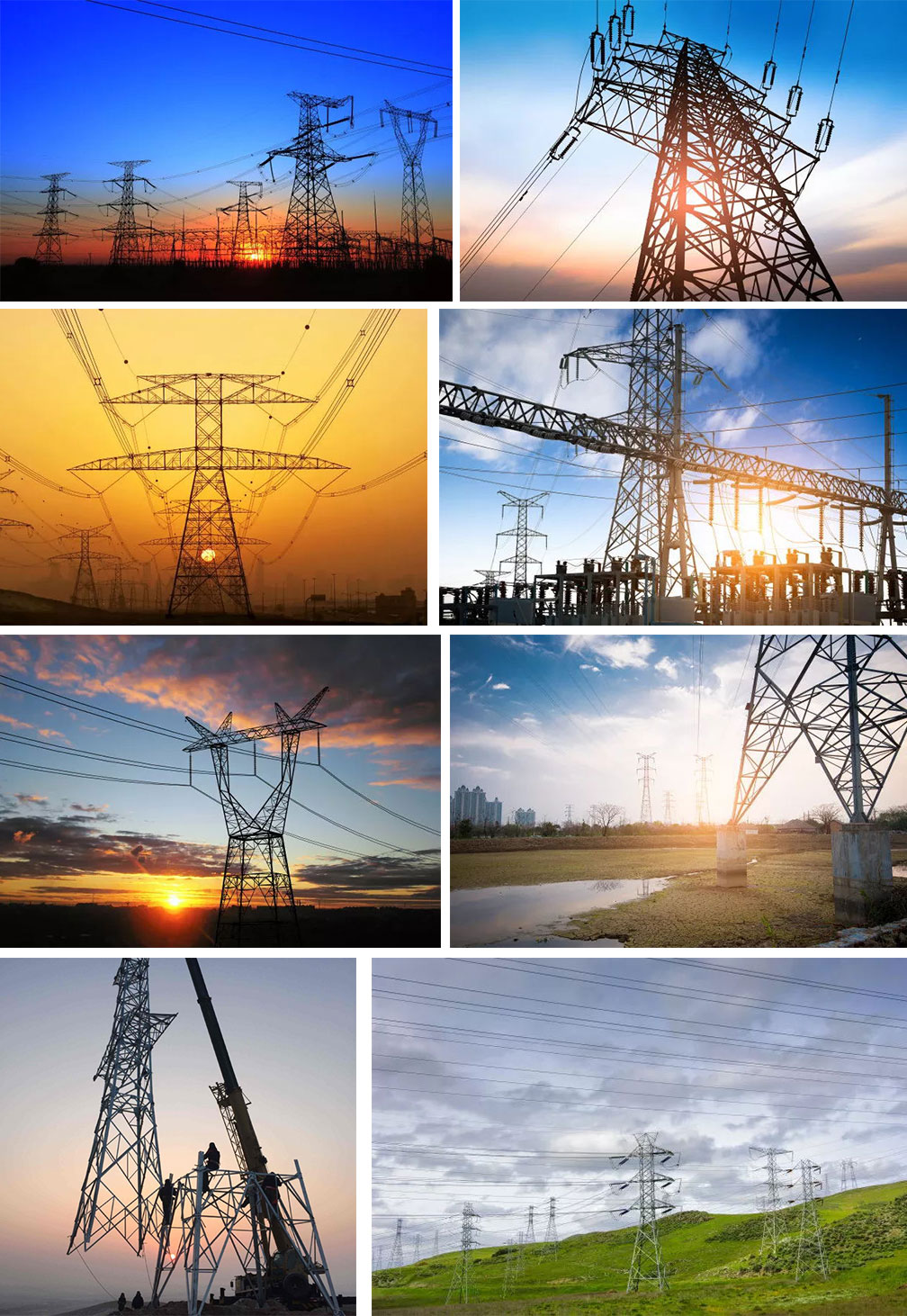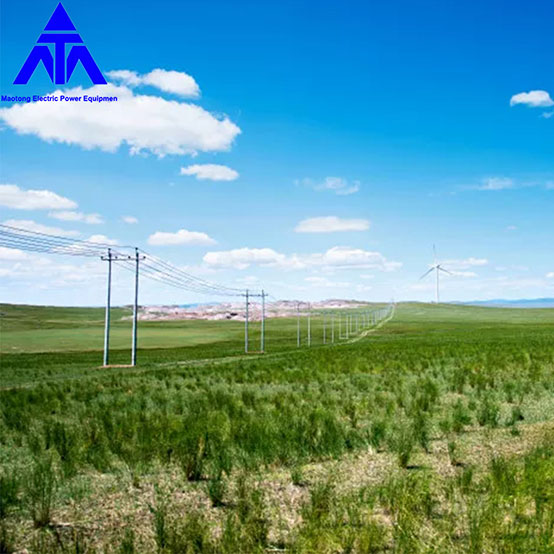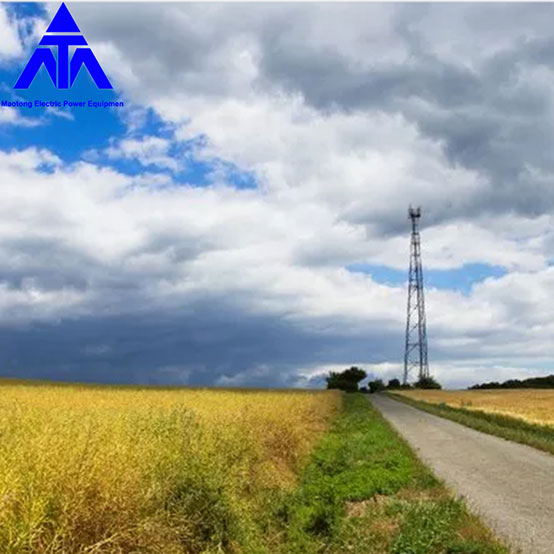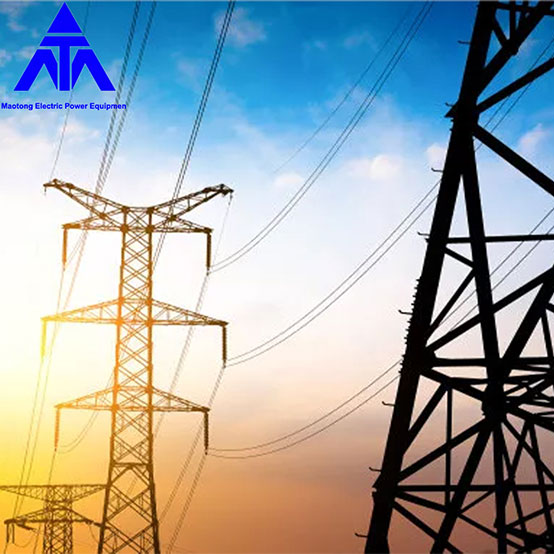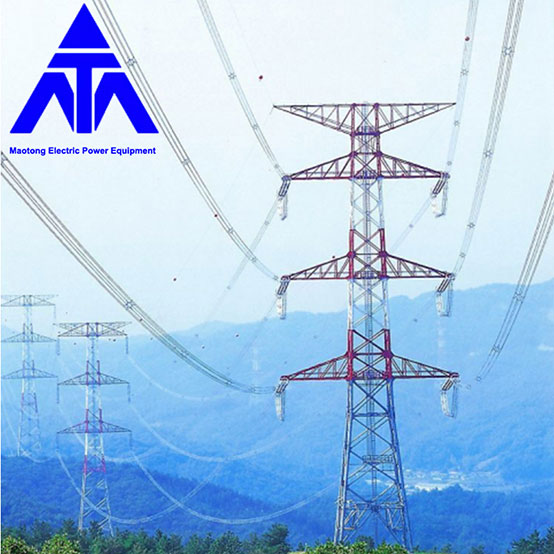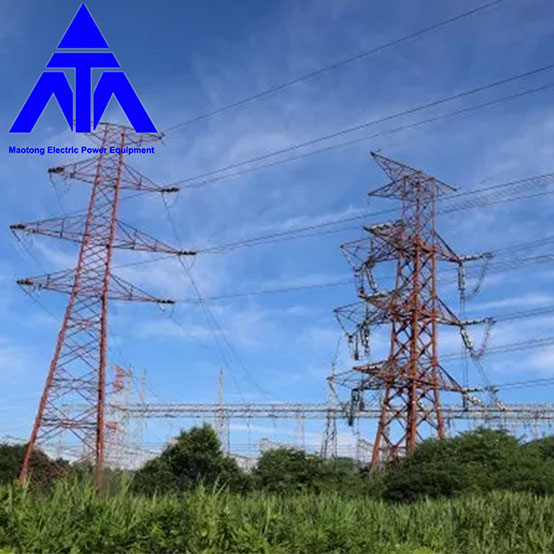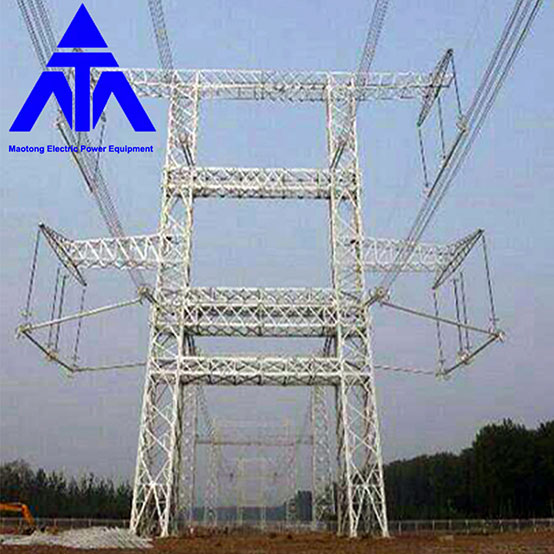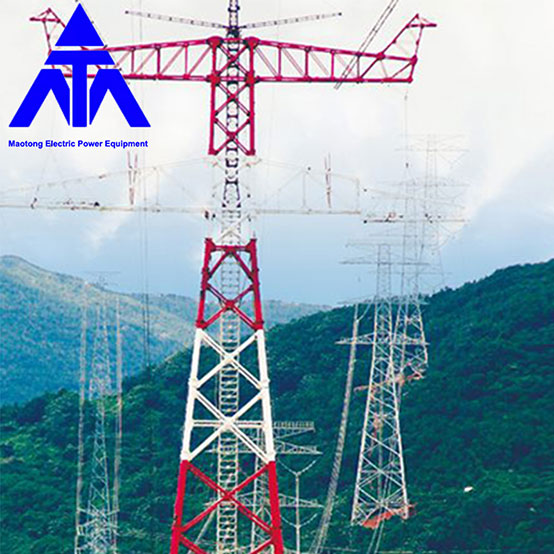- English
- Español
- Português
- русский
- Français
- 日本語
- Deutsch
- tiếng Việt
- Italiano
- Nederlands
- ภาษาไทย
- Polski
- 한국어
- Svenska
- magyar
- Malay
- বাংলা ভাষার
- Dansk
- Suomi
- हिन्दी
- Pilipino
- Türkçe
- Gaeilge
- العربية
- Indonesia
- Norsk
- تمل
- český
- ελληνικά
- український
- Javanese
- فارسی
- தமிழ்
- తెలుగు
- नेपाली
- Burmese
- български
- ລາວ
- Latine
- Қазақша
- Euskal
- Azərbaycan
- Slovenský jazyk
- Македонски
- Lietuvos
- Eesti Keel
- Română
- Slovenski
- मराठी
- Srpski језик
- Angle Steel Tower
- Electric Transmission Angle Steel Tower
- Communication Angle Steel Tower
- Monitoring Angle Steel Tower
- 220kv Transmission Line Electric Angle Steel Tower
- 110kv Transmission Line Electric Angle Steel Tower
- 330kv Transmission Line Electric Angle Steel Tower
- 500kv Transmisson Line Angle Steel Tower
- 66kv Angle Steel Tower
- 66KV Angle Steel Electric Power Tower
- Communication Towr
- Steel Pipe Tower
- Transmission Line Steel Pipe Tower
- Single Steel Pipe Tower
- Telecommunication Steel Pipe Tower
- Monopole Steel Pipe Tower
- 3 Leg Steel Tube Pipe Tower
- 220KV Steel Pipe Tower
- 110KV Steel Pipe Tower
- Lightning Steel Pipe Tower
- 500KV Steel Pipe Tower
- 66KV Steel Pipe Tower
- 330 KV Steel Pipe Tower
- Telecommunication Single Tubular Tower
- 10KV Steel Pipe Tower
- 10KV SIngle Pipe Tower
- 800KV Steel Pipe Tower
- Single Pipe Tower
- 132KV Steel Pipe Electric Power Tower
- 10KV-220KV Steel Pipe Electric Power Tower
- 4 Leg Telecommunication Microwave Tower
- High Voltage Communication Tower
- High Voltage Tesnsion Power Tower
- Single Tubular Monopole Tower
- Substation Steel Structure
- Angle Bar Tower
- 750KV Angle Steel Transmission Line Tower
- 10KV 33KV Transmission Line Tower
- 330KV Angle Steel Transmission Line Tower
- Tesioning Electric Transmission Tower
- 1000KV Electric Angle Steel Tower
- Lightning Tower
- Training Tower
- WiFi Communication Tower
- Power Line Tower
- Tangent Suspension Tower
- Terminal Tower
- Tension Steel Tower
- Single Monopole Tower
- Suspension Angle Steel Line Tower
- Angular Steel Electric Tower
- High Voltage Tower
- 66kv 120kv 220kv Steel Tower
- Transmission Electric Line Steel Lattice Tower
Electric Power Galvanized Transmission Line 800KV Tower
As the professional manufacturers, Mao Tong would like to provide you Electric Power Galvanized Transmission Line 800KV Tower. And we will offer you the best after-sale service and timely delivery.
Send Inquiry PDF DownLoad
As the professional manufacturers, Mao Tong would like to provide you Electric Power Galvanized Transmission Line 800KV Tower. And we will offer you the best after-sale service and timely delivery.
The United States, the former Soviet Union, Japan and Italy have all built AC UHV test lines and conducted a lot of research and experiments on AC UHV transmission technology. Finally, only the former Soviet Union and Japan have built AC UHV lines.
1. Former Soviet Union: On the basis of previous studies, the construction of 1150 kV AC UHV lines started in 1981, covering 494 km from Ekibatuz to Kirkchitav and 396 km from Kirkchitav to Coustanay. In August 1985, the world's first 1150 kV line, Ekibastuz-Kirkchitaf, was opened with load at rated operating voltage and extended to Coustanay. On January 1, 1992, the central dispatch department of Kazakhstan reduced the voltage of the 1150 kV line section to 500 kV operation through the conversion.
During this period, the operation time of the Ekibastuz-Kirkchitaf line segment and the substation equipment at both ends reached 23,787 hours under rated operating voltage, and the operation time of the Kirkchitaf line segment and the substation equipment at Coustanay reached 11,379 hours under rated operating voltage. From 1981 to 1989, the former Soviet Union also built 1,500 kilometers of UHV lines, with a total scale of 2,400 kilometers. All depressurized to 500 kV operation.
2. Japan: Construction of 1000 kV UHV line started in autumn 1988. On April 28, 1992, the 138-kilometer Nishinuma trunk line from Nishinuma Switchstation to Toshanashi Substation was completed. In October 1993, the 49-kilometer UHV part of the Nanniigata Trunk line from Kashiwazaki-Kariwa Nuclear Power Plant to Nishinuma Switchstation was completed. The two sections of the UHV line were 187 kilometers in length.
All operated at 500 kV voltage step-down. In 1999, the construction of 194-km South Iwaki Main line from South Iwaki Switchstation to East Qunma Switchstation and 44km East Qunma main line from East Qunma Switchstation to West Qunma Switchstation in the East-West Corridor was completed. The two sections of UHV lines were 238 km long. A total of 426 kilometers of UHV lines have been built in Japan. Due to its narrow territory, all UHV lines in Japan adopt the double-loop and the same pole and frame.
Uhv transmission has obvious economic benefits. It is estimated that the transmission capacity of one 1150 kV transmission line can replace five to six 500 kV lines, or three 750 kV lines. It can reduce tower materials by one third, save wire by one half, and save power grid cost including substation by 10 ~ 15%. The 1150 kV UHV corridor is only about a quarter of the corridor needed for a 500 kV line of the same capacity, which would bring significant economic and social benefits to densely populated countries and regions with valuable land or difficult corridors.
Uhv transmission lines with 1000 kV voltage level all need to adopt multiple split wires, such as 8, 12, 16 split, etc. The cross section of each split wire is mostly more than 600 square millimeters, which can reduce the loss caused by corona discharge, radio interference, television interference, audible noise interference and other adverse effects. The height of the tower is about 40 ~ 50 meters. The tower of double circuit and parallel frame is as high as 90 ~ 97 meters. Many countries are concentrating on the development of new tower structure, in order to reduce the size of the tower, reduce the cost of the line. The former Soviet Union, the United States, Italy, Japan and other countries have begun to plan and build 1000 kV grade UHV transmission lines, the transmission capacity of a single loop line is generally 6 to 10 million kilowatts.
For example, the former Soviet Union is pressing ahead with the construction of large energy bases such as Ekibatuz, Kansk-Achinsk and Tyumen oil fields. It already has a thermal power plant with an installed capacity of 6.4 million kilowatts. It also plans to build a giant hydropower station with an installed capacity of 20 million kilowatts and a group of nuclear power plants with a large installed capacity. These energy bases are located about 1000 ~ 2500 km from the power load centres and require transmission of 1150 kV, ±750 kV DC, and 1800 ~ 2000 kV voltages.
The former Soviet Union has built a 270-kilometer transmission line of 1,150 kV, which is also used as an industrial test line. It began trial operation in 1986, and continues to build a 1,236 km transmission line of 1,150 kV. By the end of the 20th century, a 1,150 kV ultra-high voltage grid will be formed.
By the end of the 20th century, the Bonville Power Authority's power system expects 60 percent of its coal-fired power plants to be east of the Cascades, with about 32 gigawatts of power to be sent across the mountain range to the western load center in a planned 1,100 kilovolt class. Each line is about 300 kilometers long and has a transmission capacity of about 10 million kilowatts. Italy plans to use 1,000 kilovolt ultra-high voltage lines to bring electricity from thermal and nuclear power plants along the Mediterranean, such as Pisa, to industrial areas such as Milan in the north.
Japan has selected a 1000-kilovolt dual-circuit ultra-high voltage transmission line to carry power from the Shimobei giant nuclear power plant to Tokyo. The line is 600 kilometers long and has a capacity of 10 million kilowatts. These UHV transmission lines were all planned for completion in the 1990s.
